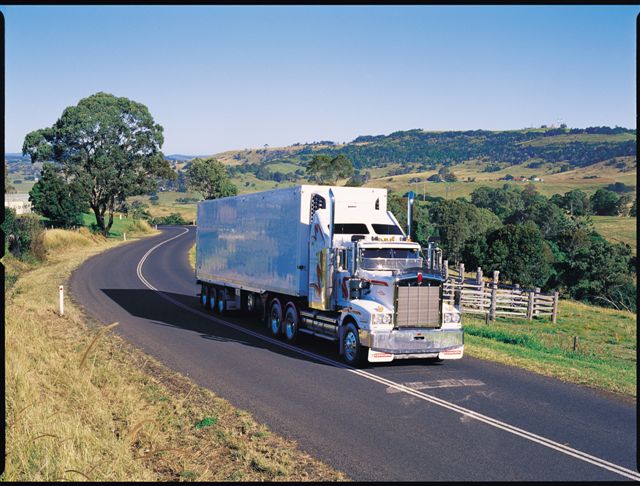The National Road Transport Association (NatRoad) yesterday lodged a submission on the draft National Road Safety Strategy for 2021-30.
NatRoad CEO Warren Clark said “The submission was based on extensive member feedback. Every member was emailed a copy and we received both emails and phone calls in response. In addition, an expert working group oversaw the content and messages in the submission.
“Currently, around 1,200 people are killed each year on our roads, and almost 40,000 are seriously injured. The draft Strategy for 2021-30 sets targets to reduce these numbers over the next 10 years, setting us on the path to achieving Vision Zero (zero deaths and serious injuries) by 2050. NatRoad supports these targets and road safety is a high priority.
“The draft Strategy is unfortunately inadequate when it comes to dealing with heavy vehicle strategy. The emphasis in the Strategy on the consequences of a crash with a heavy vehicle rather than on other critical factors has led members to conclude that the Strategy is skewed unfavourably against the sector.
“Australia needs to embrace a better on-road culture. A culture that respects and understands that heavy vehicles have a critically important place on the road. The pandemic has shown that freight must be preferenced. Passenger and light vehicle interaction with heavy vehicles need a renewed focus by road safety regulators, with dedicated and separate freight corridors given priority. This could, in part, be addressed through public awareness campaigns and driver education programs for new and existing licence holders. Member feedback is that more emphasis on treatments that separate heavy vehicles from other road users and giving better access to freight vehicles are vital reforms.
“A very frequent element of member feedback was that a better road safety culture cannot be fostered where the vast majority of at-fault accidents are caused by light vehicle drivers. There must be greater education about the correct way to drive when heavy vehicles are also on the road. Members say that in a system that is moving to zero harm, setting aside fault is believed to be misconceived.
“NatRoad looks forward to discussing its concerns with the Office of Road Safety.



